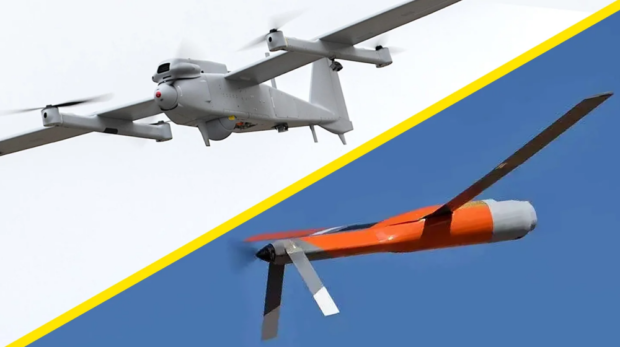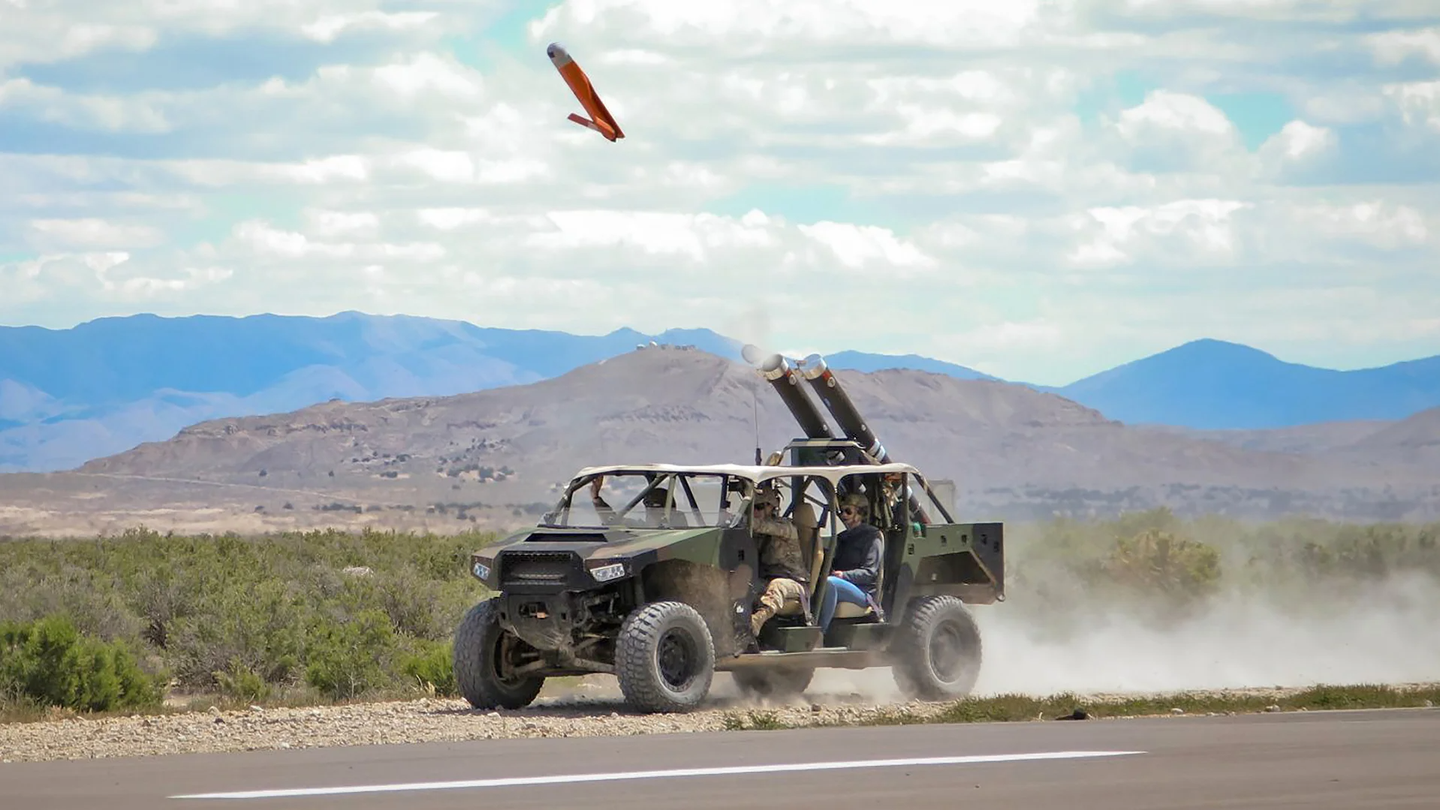The U.S. military has announced a new aid package for Ukraine that is packed with drones and loitering munitions, among other things. This includes AeroVironment Switchblade 600s and Jump 20s, CyberLux K8s, and Area-I ALTIUS-600s.
This appears to be the first time the latter three types have been included in a tranche of American military assistance for the Ukrainian armed forces. The ALTIUS-600s, especially, could give Ukrainian forces all-new long-range precision strike capabilities, among other potential benefits.
The Pentagon formally announced the new aid for Ukraine’s military, which is valued at approximately $2 billion in total, earlier today. The U.S. government is providing this particular package as part of the Ukraine Security Assistance Initiative (USAI). Unlike U.S. military assistance that comes in the form of so-called ‘drawdowns,’ which involve transferring materiel straight from its own stocks, USAI provides funds to make direct purchases to support Ukraine.
A full list of the new aid package’s contents as provided by the U.S. Department of Defense is as follows:
- Additional ammunition for High Mobility Artillery Rocket Systems (HIMARS)
- Additional 155mm artillery rounds
- Munitions for laser-guided rocket systems
- CyberLux K8 UAS
- Switchblade 600 UAS
- Altius-600 UAS
- Jump 20 UAS
- Counter-UAS and electronic warfare detection equipment
- Mine clearing equipment
- Secure communications support equipment
- Funding for training, maintenance, and sustainment
The drones and loitering munitions are clearly the standout items here.
The Switchblade 600 anti-tank loitering munitionAeroVironment’s Switchblade is evolved from the company’s smaller Switchblade 300s, examples of which Ukraine has also received straight from U.S. military stocks. Both Switchblade types are man-portable, tube-launched loitering munitions, also referred to as kamikaze drones.
In addition, the Switchblade 600 carries the same warhead as the Javelin anti-tank guided missile, giving it heavy anti-armor capabilities that its predecessor does not have. The drone’s range and highly automated targeting capabilities give it significant advantages over the multitude of infantry anti-tank missiles, including the Javelin, that Ukrainian forces have access to now. The biggest advantage is that they can fly well behind the front lines and hunt and kill main battle tanks, even ones that are hiding behind cover. This is a vastly different capability than anti-tank guided missiles that need line of sight from the individual firing the weapon or the platform to work.
In other words, Switchblade 600 leaves Russia’s heaviest armour vulnerable up to two dozen miles behind enemy lines and virtually anywhere in Russian-controlled territory when operated by clandestine forces located behind enemy lines.
The vertical takeoff and landing Jump 20
The Jump 20 is a vertical takeoff and landing capable design primarily intended for intelligence, surveillance, and reconnaissance missions. Contractor-operated examples of the Jump 20 have supported U.S. special operations forces for years now, and the type was selected last year by the U.S. Army as part of its replacement plan for the aging RQ-7 Shadow.
Jump 20 has a demonstrated capability to drop expandable payloads, too. This includes the ability to air-launch AeroVironment’s Switchblade 300 loitering munition and employ Northrop Grumman’s Hatchet miniature precision glide bomb. Last year, the company said it was working on a concept to allow a Jump 20 to release a Switchblade 600.
The tube-launched ALTIUS-600


